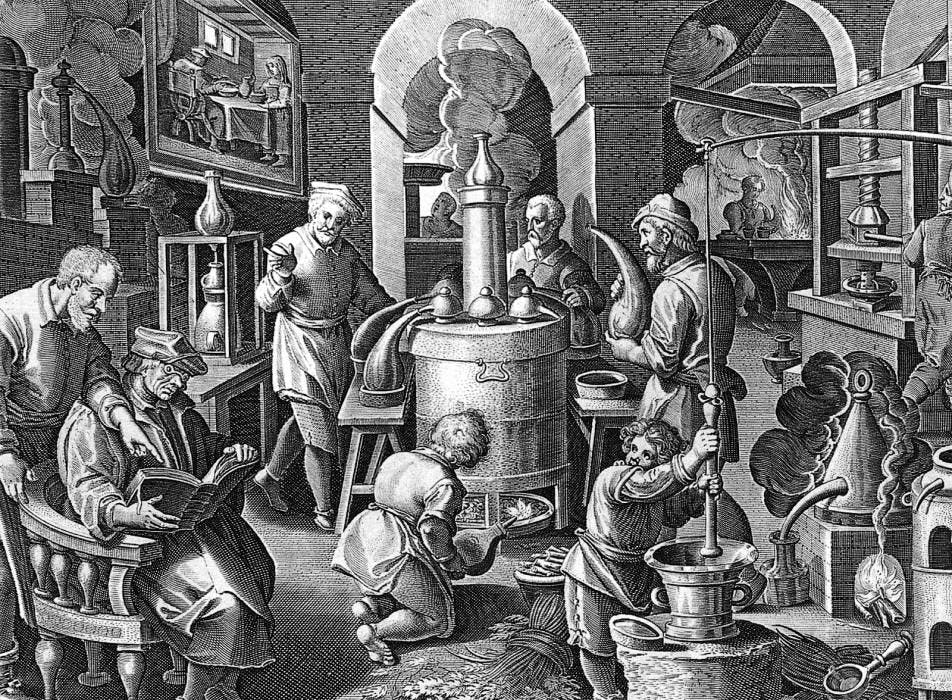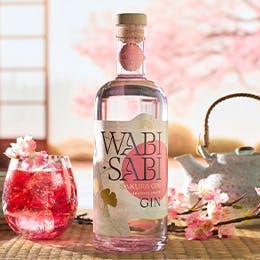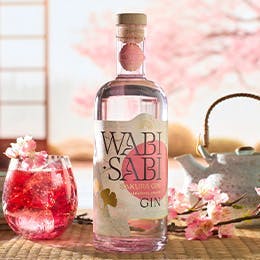Total flexibility, no commitment
A world of unique, crafted gins
Easy, free and reliable delivery

Original Gin: the amazing unknown history of gin discovered by Chilgrove Dry Gin
Below is an excerpt from the June 2015 edition of GINNED! Magazine about Chilgrove Dry Gin. Every month, Craft Gin Club Members receive a bottle of amazing small-batch gins accompanied by GINNED! Magazine which is full of information about the gin, the distillery and loads of fascinating features.
In this edition of GINNED! Magazine, we focus primarily on the role of the grape in the origins of gin, a little-known historical fun fact revived in reality in the UK by Chilgrove Dry Gin. But the element that remains most important to the origins, history and the current renaissance of our favourite spirit is the juniper berry. Without the perceived medicinal properties of juniper since the Middle Ages, the distillation of the conifer cone may never have come to pass and we would not today enjoy the piney-notes that define the base flavours of proper gin. Here we explore the original juniper-based recipes forever historically connected to what is now the principle British spirit.
Der Naturen Bloeme - 1269
The Dutch poet Jacob van Maerlant wrote a rhyming compilation of encyclopediae of the period, composing verse describing the nature of man, animals and plants. In his study of van Maerlant’s text, drinks scholar and Honorary Chairman of Belgium’s Jenever Museum describes specific and somewhat casual references to juniper which indicate that the berry-like cone would have been well-known amongst potential readers of the text. Chapter thirteen of the text details the characteristics of the juniper bush precisely whereas descriptions of other plants are compared to the bush.
Van Maerlant’s rhymes also layout for the reader the medicinal properties of juniper and how to use the plant to concoct remedies for common ailments. Some scholars feel that these recipes are the original gin recipes. The English translation of van Maerlant’s text reads as follows:
“He who wants to be rid of stomach pain
Should use juniper cooked in rainwater.
He who has cramps
Cook juniper in wine,
It’s good against the pain.”
This all sounds fine and good, but we think we’ll stick to a more modern medicinal recipe for the juniper-infused drink, one originally intended to stave off malaria: the Gin & Tonic.
Making brandywine in 1495
A Dutch text dating to 1495 found amongst the manuscripts of Sir Hans Sloane, one of the British Museum’s original texts, lists two recipes for what became in Holland as brandewijn (burned wine); Gebrande wyn te maken (Making brandy wine) and Een ander manyr om brande wyn tmaken (another way to make brandy wine). In the first recipe, brandy comes to be from a distillate made from a mixture of wine and beer and a note in the margin reads “de aqua vina” referring to the “wine water”. In the margin of the second recipe, the author wrote “de aqua vitae” which is a distillate - the water of life - used at the time for medicinal purposes.
Described in further detail, the recipes are distinguished from the author’s note that for the brande wyn to serve medicinal purposes it must be distilled from wine. To increase it’s medicinal properties, it is suggested that several herbs be infused in the distillate, specifically:
- sage leaves
- nutmeg
- clove
- cinnamon
- galanga (similar to ginger)
- grains of paradise
- gorse bush
It is with this last term that we have our juniper. Scholars have linked it with several other terms of the time that translate to juniper and believe the author simply used his own spelling. Combined with the distillate and other listed botanicals that we still use in gin recipes today, the two brande wyn recipes are the ancestors of today’s plethora of gin variations...
For more incredible ginformation from GINNED! Magazine, join the Craft Gin Club!







